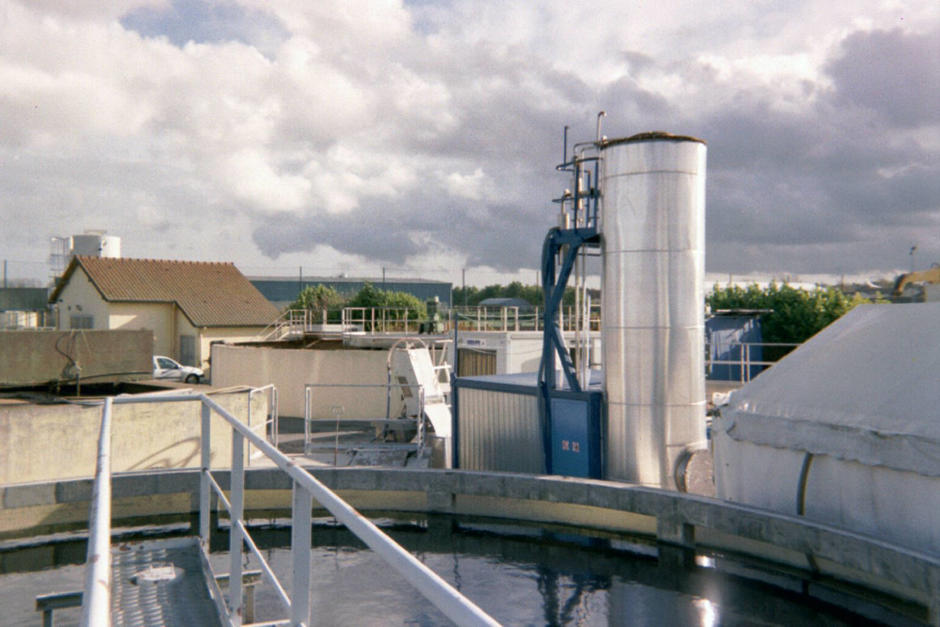Bio Thelys™
Bio Thelys™ is a complete sludge reduction solution that works in batch mode, combining thermal hydrolysis and anaerobic digestion.
By coupling the thermal hydrolysis and the anaerobic digestion, Bio Thelys™ offers better performance than a conventional digestion and optimizes sludge treatment by producing:
- 25 to 35% less dry matter
- 30 to 50% more biogas
- No odours
- A pasteurised digestate, for full control over the sanitation hazards and safe agricultural reuse.
Bio Thelys™ handles all kinds of organic, industrial or municipal sludge and can also handle grease. Using Bio Thelys™ process allows to:
- Reduce sludge volume
- Improve sludge quality
- Increase biogas production
Features and Benefits
Bio Thelys™ is a flexible and safe solution which produces a pasteurised digestate that is compliant with international standards e.g.: EPA class A (UAS) and ADAS Safe Sludge Matrix (UK)
Bio Thelys™ allows:

- Reduced digester related investment for new installations
- Reduced operating costs:
- Less sludge to remove
- At existing installations, the digestion capacity can be increased by handling new input.
- An income which is generated from:
- Either processing external input through co-digestion
- Either selling the energy produced by co-generation or producing bio-methane
Bio Thelys™ is a solution that guarantees energy and environmental performance, thanks to:
- Conversion into “green” electricity via co-generation
- Bio-methane production (for injection into the network or as fuel)
- Complete sludge pasteurization
- Reduced carbon footprint of the facilities
- Many possibilities for using biogas: with external input (co-digestion), energy self- sufficiency or even a positive energy footprint may be achieved by the plant.
Bio Thelys™ combines with other Veolia sludge treatment processes such as Athos™ (hydrothermal oxidation), Pyrofluid™ (incineration), BioCon™ (thermal drying), Solia™ (solar drying) and completes them to offer even more sustainable solutions.
References
- Oxford, United Kingdom, 2013: 230,000 PE* and 26,000 t DS/year**
- Esholt, United Kingdom, 2013: 760,000 PE and 32,800 t DS/year**
- Tergnier, France, 2011: 30,000 PE and 1,600 t DS/year**
- Monza, Italy, 2010: 750,000 PE and 15,800 t DS/year
- Le Pertuiset SIVO, France, 2008: 80,000 PE and 2,000 t DS/year
- Château-Gontier, France, 2007: 38,000 PE and 1,000 t DS/year
- Saumur, France, 2006: 60,000 PE and 1,600 t DS/year
*PE: Population Equivalent **including sludge external input
